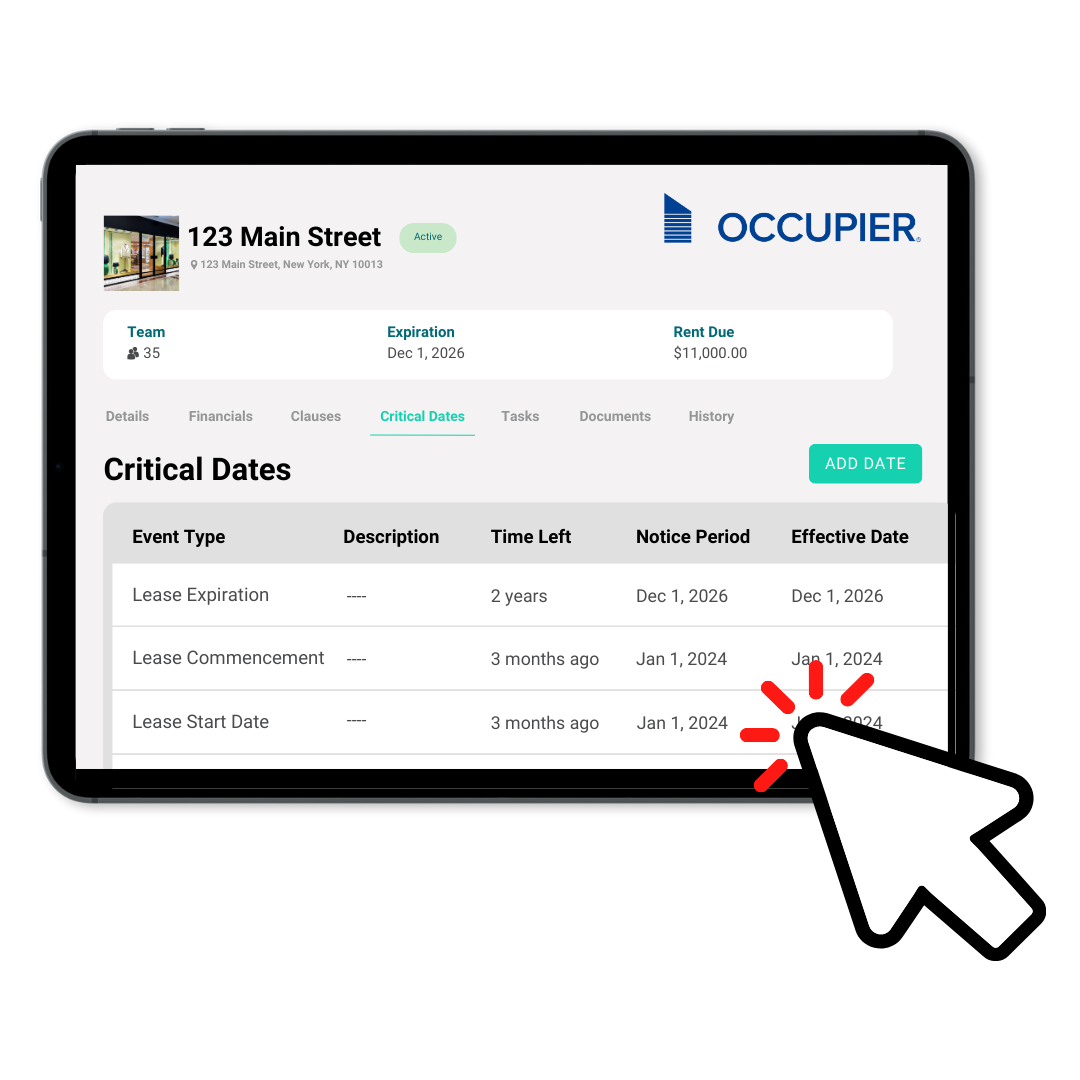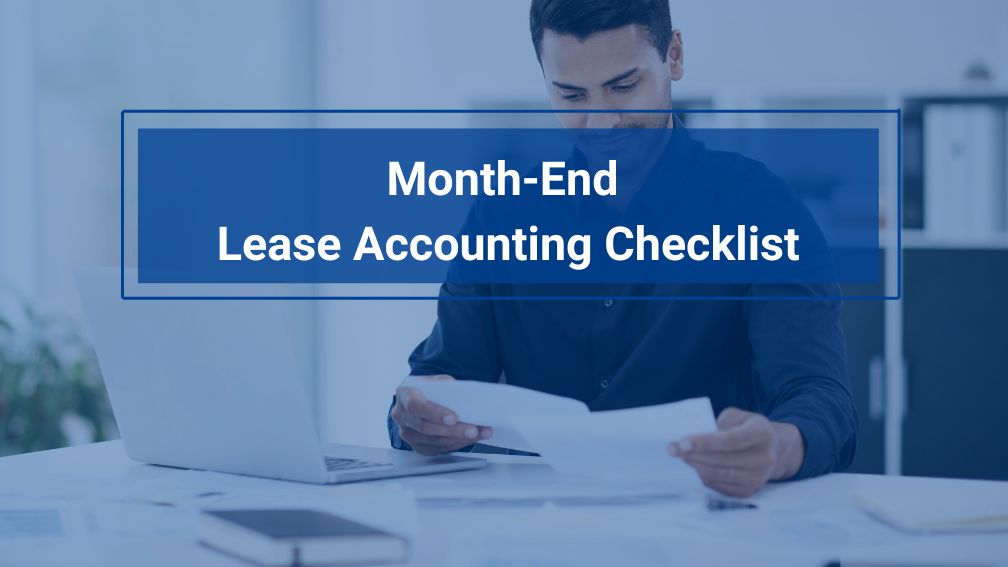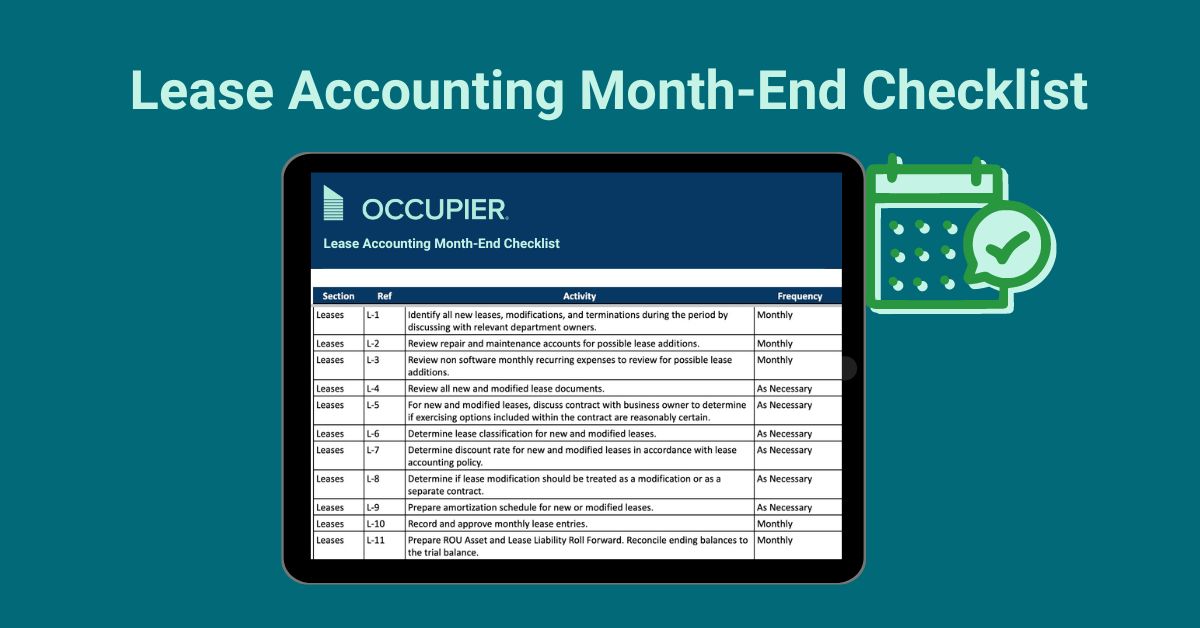The Ultimate Lease Accounting Month-End Checklist
Last Updated on May 29, 2024 by Morgan Beard
As a finance or accounting professional, you understand the importance of a smooth and accurate month-end close process. With the introduction of the new lease accounting standards (ASC 842 and IFRS 16), managing leases has become an integral part of this process. To ensure compliance and maintain control over your lease portfolio, it’s crucial to have a comprehensive lease accounting month-end checklist.
What is a Lease Accounting Month-End Workflow?
A lease accounting month-end workflow is a structured set of tasks and processes that need to be completed at the end of each month to ensure accurate financial reporting and compliance with lease accounting standards. This workflow encompasses various activities, including reviewing new leases, reconciling lease expenses, preparing reports, and creating journal entries.
New Leases and Amendments
One of the first steps in the lease accounting month-end process is to review any new leases or amendments that have been executed during the month. This includes gathering all relevant lease documents, abstracting key data points, and entering the lease information into your lease accounting software or spreadsheets. Ensuring that new leases are properly captured and accounted for is essential for maintaining an accurate lease portfolio.
Lease Modifications
Throughout the month, leases may undergo modifications, such as changes in lease terms, rent payments, or lease extensions. These modifications can significantly impact the accounting treatment of the lease and must be addressed during the month-end close process. Review all lease modifications, update the lease data in your system, and recalculate the lease liability and right-of-use (ROU) asset as necessary.
Lease Expense Reconciliations
Reconciling lease expenses is a critical step in the lease accounting month-end process. This involves:
- ROU Asset & Lease Liability: Reconcile the ROU asset and lease liability balances to ensure they are accurately recorded and amortized according to the lease accounting standards.
- CAM Reconciliations: Common Area Maintenance (CAM) charges are often included in lease agreements and must be reconciled to ensure accurate expense recognition.If you’re landlord invoices for CAM at once every year, this will be an important accrual to capture monthly.
- OPEX Reconciliations: Reconcile operating expenses related to leases, such as utilities, taxes, and insurance, to ensure they are properly accounted for.
Build Your Journal Entries
Based on the reviews conducted throughout the month-end process, prepare the necessary journal entries to record lease-related transactions accurately. These entries should be reviewed and approved before being posted to the general ledger.
As part of the month-end journal entry creation process for lease accounting, it’s essential to review and update the lease amortization schedules for any changes identified during the month for new or amended leases. These schedules outline the periodic amortization of the right-of-use (ROU) asset and the lease liability over the lease term.
- Review Lease Amortization Schedules: Examine the amortization schedules for any lease changes in the period to ensure that the ROU asset and lease liability balances are accurately reflected. Verify the amortization calculations are correct and align with the lease terms and accounting treatment prescribed by the lease accounting standards.
- Identify Discrepancies: If any discrepancies are identified between the amortization schedules and the actual balances recorded in your lease accounting system or general ledger, investigate the cause and make necessary adjustments.
- Reconcile to General Ledger: Reconcile the amortization schedules to the lease-related account balances in the general ledger. Ensure that the amortization expenses and balance adjustments are accurately reflected in the financial records.
Create Trial Balance Report
Generate a trial balance report from your lease accounting software or spreadsheets to verify the accuracy of lease-related account balances. This report should include all lease-related accounts, such as ROU assets, lease liabilities, and lease expenses.
Prepare Roll Forward Report
A roll forward report provides a detailed view of how lease balances have changed from the previous period to the current period. This report is useful for identifying any discrepancies or anomalies in lease accounting and ensuring that lease balances are properly carried forward.
Review Lease Accounting Software Entries
If you are using lease accounting software, review the automatically generated journal entries to ensure their accuracy. Verify that the entries align with the lease terms and accounting treatment prescribed by the lease accounting standards.
Assess for Lease Impairments
At least annually, you need to assess your leases for potential impairments. This involves reviewing factors such as changes in economic conditions, changes in the use of the leased asset, or other indicators that may suggest an impairment of the ROU asset or lease liability.
By following a comprehensive month-end checklist for lease accounting, you can ensure compliance with lease accounting standards, maintain accurate financial records, and gain better control over your lease portfolio. Remember, a well-structured and documented month-end process not only promotes efficiency but also provides a clear audit trail for internal and external auditors.

Product Tour
Take a self-guided tour and see how the fastest-growing commercial tenants leverage Occupier for lease management & lease accounting.

